This article was co-authored by Jennifer McVey, Cht. Jennifer McVey is a Spiritualist, Seer, and the Spiritual Director of Spiritual Answers and Solutions. With more than 22 years of experience, she specializes in manifesting, ghosts and spirit attachments, hypnotherapy, channeling, and spiritually based life coaching. Jennifer has also published 13 Affirmation Image and six Word Search Puzzle books in spirituality and self-help and has produced over 600 audio sessions.
There are 18 references cited in this article, which can be found at the bottom of the page.
wikiHow marks an article as reader-approved once it receives enough positive feedback. In this case, 100% of readers who voted found the article helpful, earning it our reader-approved status.
This article has been viewed 92,649 times.
It's possible to read a person if you pay close attention to their body language, what they say, how they say it, and your intuition and feelings. You can never know a person's thoughts for sure, but you can gain clues about their thoughts and personality by using a few key strategies.
Steps
Reading Body Language
-
1Study posture. Posture can provide many clues about what a person is really thinking. How they sit and how they lean tells a story. Between 70 and 90 percent of communication can be non-verbal. [1] [2]
- If a person leans away from you, they are probably feeling stress.
- If they are leaning back as if they are relaxed, it can be an indicator that they feel powerful and in control. [3]
- Poor posture can mean that a person lacks self esteem or harbors negative feelings.
-
2Identify positive body language. Experts divide body language into positive and negative movement categories. You can identify whether a person feels positively toward you by spotting positive body language moves.[4]
- Not crossing arms or legs indicates positive feelings.
- Looking away, as if shy, is a sign of positive emotion toward you.
- Leaning toward you is a positive body language movement.
Advertisement -
3Identify negative body language. Certain cues should indicate to you that the person may harbor negative feelings toward you or themselves.
- Crossing arms or legs is a movement that shows wariness.
- Pointing feet away or toward an exit means a person may have negative feelings.
- Looking to the side or leaning away is a sign of negative body language.
- When a person touches their nose, eyes or back of neck, it can indicate negative feelings.
-
4Spot fake smiles. There are signs that indicate a person's smile is not genuine. In a genuine smile, you will see the wrinkles around a person's eyes. In a fake smile, you often won't. [5]
- Smiling authentically uses more facial muscles. [6]
- The laugh lines or wrinkles around the eye are caused by the orbicularis oculi, and are muscles activated in genuine smiles. [7]
- Fast smiles are less likely to be genuine.
- Fake smiles are sometimes bigger because the person is trying to stretch their face.
-
5Read a person's eyes. The eyes are very expressive, and it's possible to tell a lot about a person if you know what to look for in them.
- Dilated pupils indicate interest. [8]
- Power gazing means a person only looks into the triangle from your eyes to your forehead, meaning they are avoiding intimacy. If they look from your eyes to your mouth and down, that indicates a desire for intimacy. Looking from the eyes to the mouth only is called social gazing and shows comfort and friendship. [9]
- Sustained eye contact can indicate an attempt to dominate or can give away that a person is lying.
- Eye contact for two to three seconds before looking away connotes confidence. Eye contact for 1 second or less indicates evasion or insecurity. [10]
- Fast blinking can be a sign a person is interested in you.
- Liars will often look to the right when thinking. Some experts believe this is because they are concocting a story. [11]
- Closing the eyes for a sustained period of time means a person needs time to think. [12]
-
6Read a person's hands. As with the eyes, the hands can give you clues about a person's personality or what they are thinking.
- When a person keeps their palms down, it indicates they feel powerful. A downward palm can also be a sign that something is being rejected or stopped.
- When a person keeps their palms up, it can indicate submissiveness. Upward palms also indicate giving and an offering. [13]
-
7Read gestures and touch. What people do with their hands can give you clues about what they are thinking. Gestures are defined as physical movements that reveal emotion or opinion. [14]
- When someone touches your hand briefly, it shows they want a connection to you. [15]
- When a person rubs their nose, they might be lying.
- If a person hides their hands, they might be hiding something from you. [16]
- When a person rests their chin on their hand, they're making a decision.
- Scratching the back of the neck means a person has unanswered questions.
- Watch out for mirroring gestures. When a person starts to copy your expressions and gestures, it usually means they want to sell you something. [17]
- Moving into personal space can be a sign of intimidation.
- Raising the eyebrows means a person thinks positively about you and wants to communicate better. [18]
-
8Read ears. Many people overlook the ears, but sophisticated face readers believe that they can give clues to personality.[19]
- Small ears indicate an attention to detail and determination.
- People with large ears can be objective and spiritual.
- People with ears that stick out may be adventurous types who are open to trying new things.
- When people have ears that are high on their head, it can indicate they are intellectual and big thinkers.
Reading Verbal Cues
-
1Study word choice. Words people use can give clues to their behavior. For example, if a person tells you they won "another" award, this provides a clue that they are insecure because they wanted to ensure you knew they'd won before.
- This tells you it would be effective to offer praise for accomplishments. It pinpoints an area of vulnerability.
- Study whether a person's word choice matches their body language. Inconsistency can be telling. [20]
-
2Spot lying. It's possible to spot whether a person might be lying based on what they say. Consider their comments in context though, and always be aware that reading verbal cues is not foolproof.
- Using a question to answer a question gives them more time to make up a story.
- When people add qualifiers like "to the best of my knowledge" they might be lying.
- When people are lying, they will sometimes remove references to themselves, avoiding use of the word "I." [21]
- When lying, people sometimes use the present tense to refer to past events.
- Some studies have found that people who use more formal speech might be lying. For example, they might not use contractions or will use titles.
- People who are guilty of something will sometimes use words that soften the act. For example, instead of a word like steal, they might use a word like borrow.
-
3Pay attention to tone and speed of voice. The sounds people give off when they talk can be very revealing about their personalities.
- People who talk too fast and too much are usually insecure or anxious. [22]
- Sighing indicates sadness and frustration.
- If a person speaks too slowly, they may be depressed or lack spontaneity.
- If a person's voice changes pitch suddenly, they might be lying.
- A repetitive tone of voice indicates insincerity.
- Men may vary their tone of voice more when they are attracted to a woman. [23]
-
4Understanding sentence length. The average sentence contains between 10 to 15 words. This is known as the "mean length of utterance." [24]
- Longer or shorter sentences than average is an indication of stress.
- Some experts believe you can tell a person is lying if they deviate from the mean length of utterance significantly. They will single out those sentences to study more closely.
Reading Emotional Energy
-
1Shake hands. When you shake a person's hands, what's your sense of their energy? Pay careful attention to what you feel. Do you feel warmth or coldness? [25]
- Chinese medicine has a word for the energy a person gives off: Chi.
- Another word for emotional energy is a person's "vibe."
- To assess a person's energy, you may need to touch them, through a hug or handshake or just by touching their hand.
-
2Use your intuition. Don't overthink it. Does the person make you feel good or not? Sometimes you just have a "gut feeling" you should pay attention to.
- Goose bumps can be a physical sign the body gives you that tells you something is not right. Or they might just indicate a sense of deja vu. [26]
- Does a person make you feel drained or energized? This gives you clues to their emotional vibe.
- Pay attention to flashes of insight that interrupt your thinking.
- What's your sense of a person's overall energy? Not a gesture or tone here or there, but the overall atmosphere they create and feeling they give off?
-
3Read their eyes. Emotional energy shines through in the eyes and gaze. The cliche "the eyes are the window to the soul" was created for a reason.
- Is their gaze hard and angry or soft and welcoming?
- Intimacy can be created through a simple gaze. Pay careful attention to the body language around the eyes. [27]
-
4Read a person's energy type. Ancient thinkers developed five elements to describe a person's overall energy. They believed understanding these elements could help you read people and even spot illness. [28]
- People with fire energy are flamboyant, hysterical, and exciting.
- A person who has wood energy is vital, new, and energetic.
- People with earth energy are practical and methodical.
- People with metal energy are depressed and withdrawn.
- Water energy is an indicator of peacefulness and objectivity.
Community Q&A
-
QuestionWhat does it mean if someone has his arms behind his back?
 Community AnswerIf someone has his arms behind his back, it means he is trying to hide things and is not open minded.
Community AnswerIf someone has his arms behind his back, it means he is trying to hide things and is not open minded. -
QuestionWhat does it mean when someone winks at me?
 Community AnswerIt could mean that the person likes you or is letting you in on a joke.
Community AnswerIt could mean that the person likes you or is letting you in on a joke. -
QuestionWhat does it mean if he often lays his hands on my shoulder?
 Community AnswerIt usually means they want to connect with you or comfort you. Doing it often is a sign of attraction and support.
Community AnswerIt usually means they want to connect with you or comfort you. Doing it often is a sign of attraction and support.
References
- ↑ http://www.elle.com/life-love/sex-relationships/advice/g8137/men-relationships-body-language/
- ↑ https://online.utpb.edu/about-us/articles/communication/how-much-of-communication-is-nonverbal/
- ↑ http://business.financialpost.com/business-insider/26-tips-on-how-to-read-people
- ↑ http://lifehacker.com/5852572/how-to-read-and-utilize-body-language-to-reveal-the-truth-in-almost-any-situation
- ↑ http://lifehacker.com/5852572/how-to-read-and-utilize-body-language-to-reveal-the-truth-in-almost-any-situation
- ↑ http://www.theguardian.com/science/2015/apr/10/psychology-empathy-distinguish-fake-genuine-smiles
- ↑ http://www.nbcnews.com/health/body-odd/how-spot-fake-smile-its-all-eyes-f1C9386917
- ↑ http://www.psychologistworld.com/bodylanguage/eyes.php
- ↑ http://www.scienceofpeople.com/2012/09/what-the-eyes-tell-you-about-lying-and-hidden-emotions/
- ↑ http://www.forbes.com/sites/jacquelynsmith/2013/03/11/10-nonverbal-cues-that-convey-confidence-at-work/
- ↑ http://www.psychologistworld.com/bodylanguage/eyes.php
- ↑ http://business.financialpost.com/business-insider/26-tips-on-how-to-read-people
- ↑ http://business.financialpost.com/business-insider/26-tips-on-how-to-read-people
- ↑ http://www.forbes.com/sites/jacquelynsmith/2013/03/11/10-nonverbal-cues-that-convey-confidence-at-work/2/
- ↑ http://www.entrepreneur.com/article/201202
- ↑ https://www.psychologytoday.com/blog/emotional-freedom/201402/three-techniques-read-people
- ↑ http://business.financialpost.com/business-insider/26-tips-on-how-to-read-people
- ↑ http://www.scienceofpeople.com/2012/09/what-the-eyes-tell-you-about-lying-and-hidden-emotions/
- ↑ http://chienergy.co.uk/face-reading-ears/
- ↑ http://www.helpguide.org/articles/relationships/nonverbal-communication.htm
- ↑ http://www.fraud-magazine.com/article.aspx?id=4294971184
- ↑ http://www.themindfulword.org/2014/sensing-emotional-energy/
- ↑ http://www.dailymail.co.uk/news/article-2736304/If-want-know-loves-s-voice-People-make-subtle-changes-way-speak-talk-attractive.html
- ↑ http://www.fraud-magazine.com/article.aspx?id=4294971184
- ↑ https://www.psychologytoday.com/blog/emotional-freedom/201402/three-techniques-read-people
- ↑ https://www.psychologytoday.com/blog/emotional-freedom/201402/three-techniques-read-people
- ↑ https://www.psychologytoday.com/blog/emotional-freedom/201402/three-techniques-read-people
- ↑ https://books.google.com/books?id=ko2AUy2EFqkC&pg
About This Article
Reading a person won’t guarantee that you know what they’re thinking, but you can spot important clues based on their body language and how they speak. Watch the person’s posture, since poor posture can indicate low self-esteem, while leaning away suggests stress. Someone who leans towards you or keeps their arms open probably feels positively towards you. By contrast, crossed legs or arms, and pointing feet away from you are signs of negative body language. If the person talks too fast or too much, they may be nervous or anxious. People who speak in a repetitive tone of voice may be insincere, while someone speaking very slowly may be sad or depressed. Remember that trying to read someone can only give you an indication of what they’re thinking, so you should always ask directly if you have any doubts or concerns. For tips on how to tell if someone may be lying, keep reading!
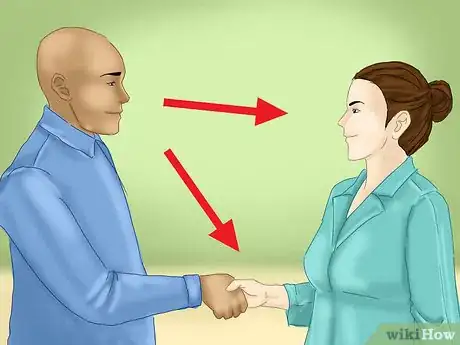
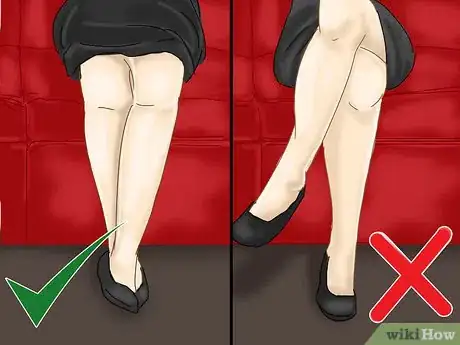
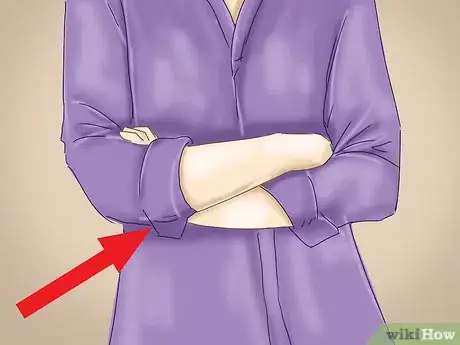
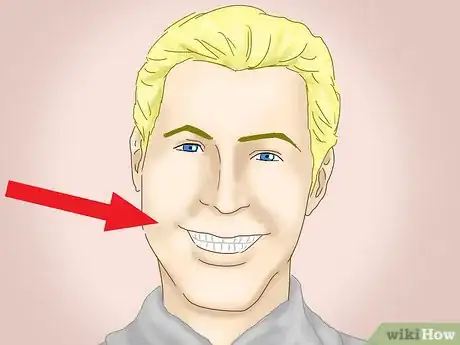
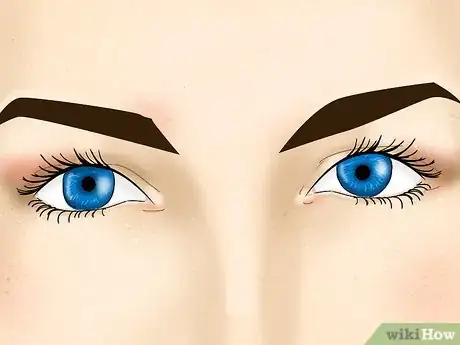
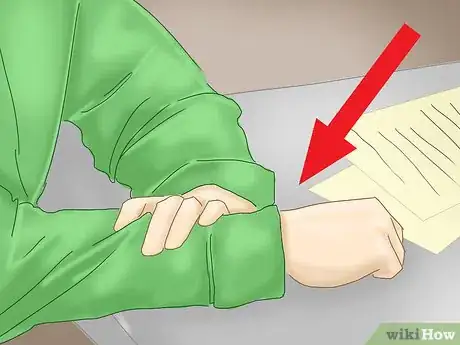
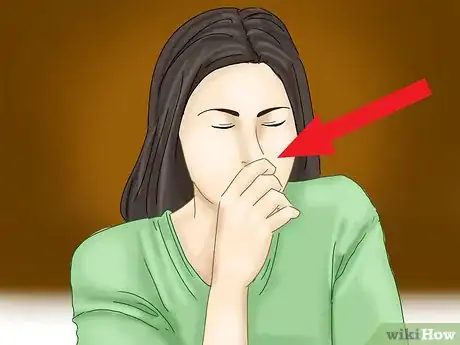
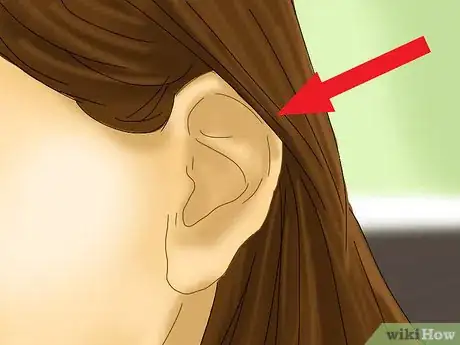
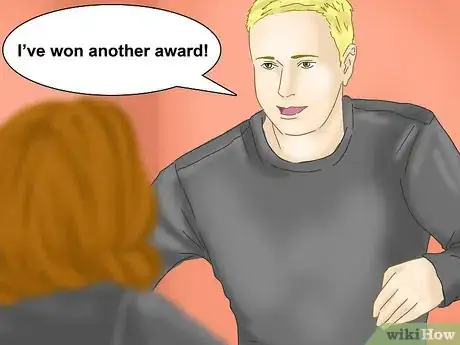
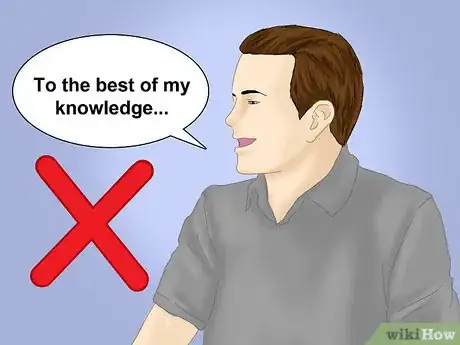


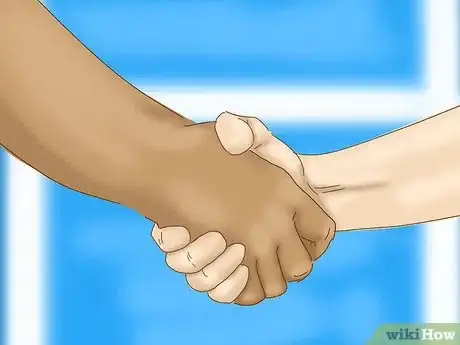
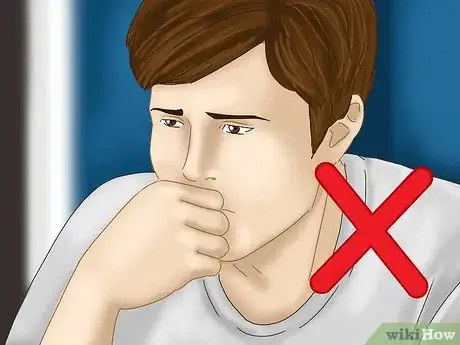
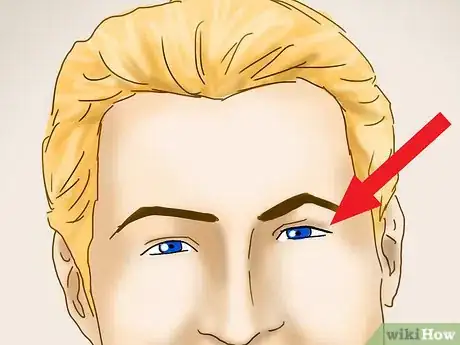
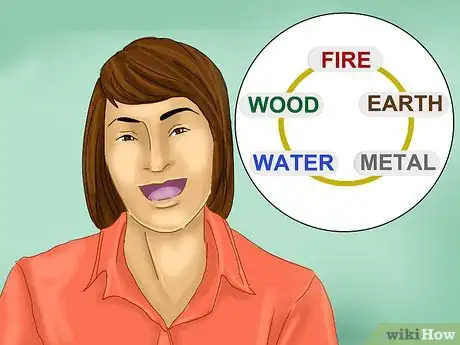
-Step-30.webp)


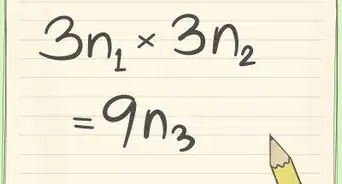
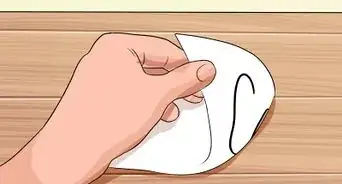


















-Step-30.webp)


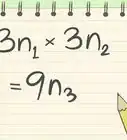



































Medical Disclaimer
The content of this article is not intended to be a substitute for professional medical advice, examination, diagnosis, or treatment. You should always contact your doctor or other qualified healthcare professional before starting, changing, or stopping any kind of health treatment.
Read More...